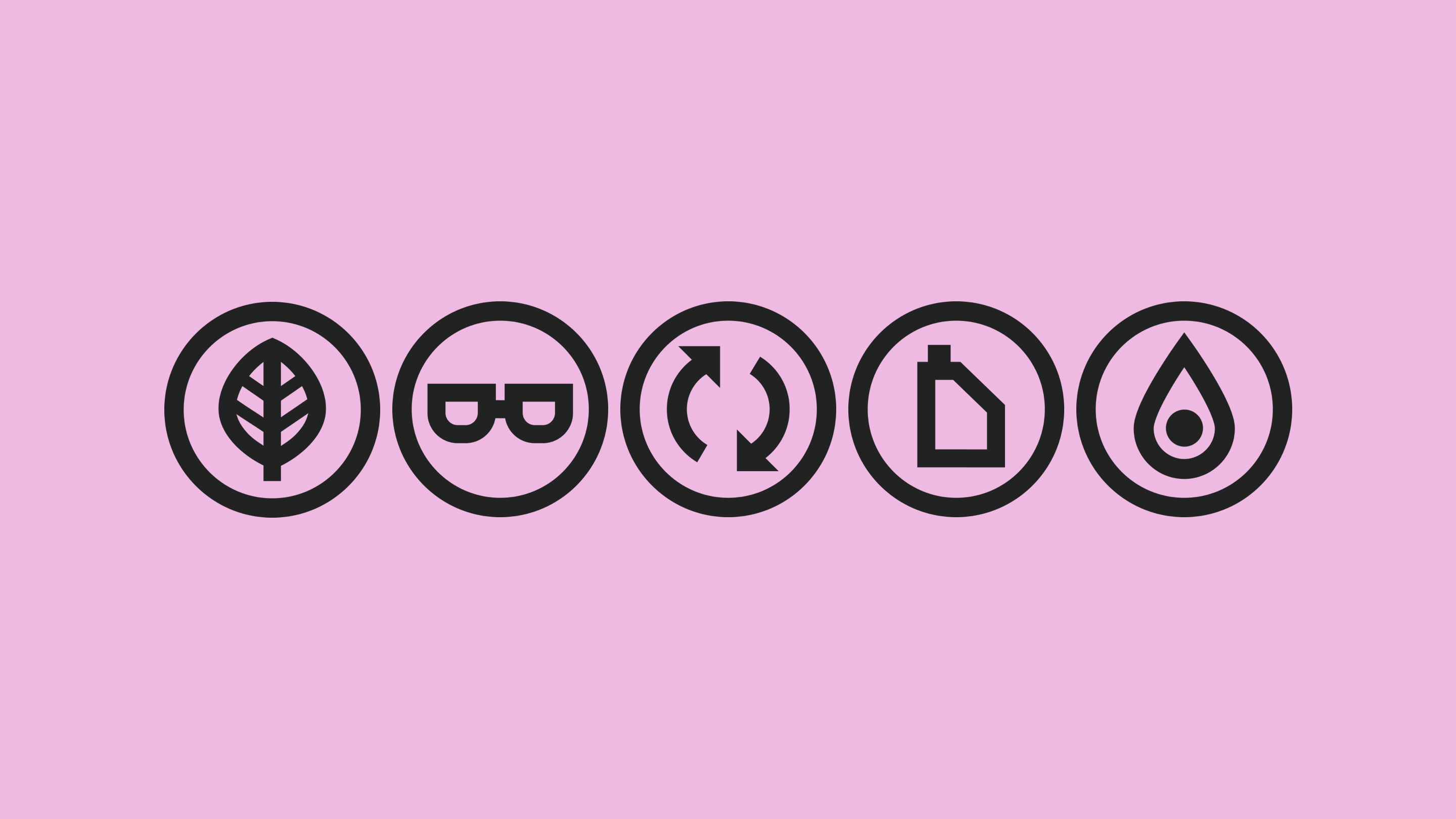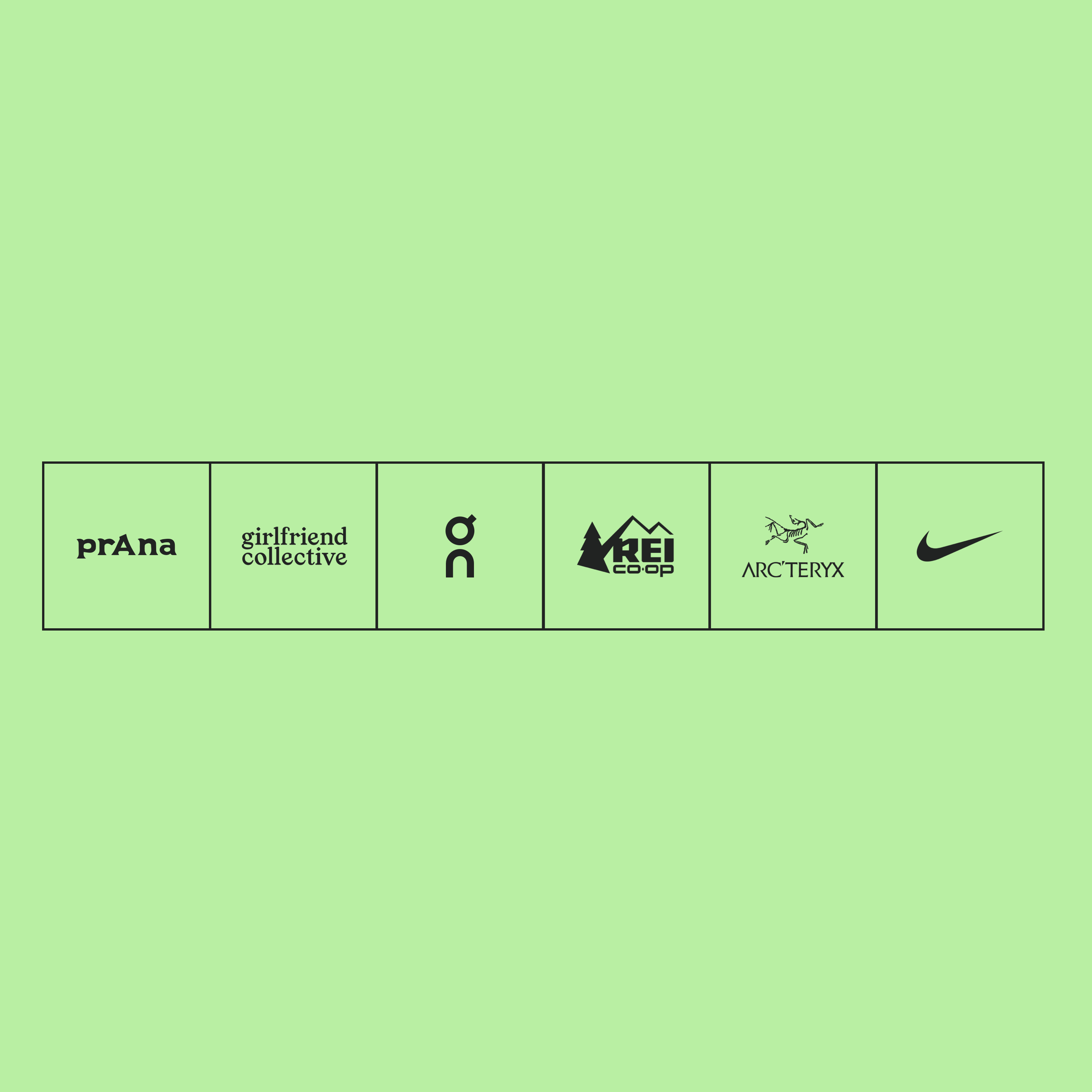Here’s why we haven’t given up on 2020—despite a pandemic, murder hornets, a moth infestation, and a political climate best suited to a dystopian drama: there is still innovation happening. And in the outdoor industry in particular, people and brands are constantly working in the background to make the world better.
The new year is riddled with uncertainty, but what we can count on is this: even if consumers have had lower-than-ever standards for their leaders, they have higher-than-ever standards for their purchases. They no longer want to buy net-new synthetics if there’s a post-consumer option. They expect their favourite brands to take a stand for equality. They are looking to the future, hoping it’s brighter. The year ahead will not be one of frivolous purchases (unless you consider adding a 34th potted plant to your home frivolous), but one of thoughtfulness and accountability.
Here are five sustainability initiatives that we see brands taking to change technical fashion in 2021:
1. Living fabrics
At Monday we all come from technical brands that are built on fabric innovation—and when those technical developments are also biodegradable, we get excited. Take hemp: twenty years ago it was for hippie clothes. Today, it’s a fashion staple that uses less water, fewer chemicals and has better antimicrobial properties than cotton. Researchers project that the industrial hemp market will soon grow from $4.6 billion to $26.6 billion.
In 2021 we’ll see some surprising organic products join hemp’s ranks. There have been huge developments already with mushrooms and algae. Brands like Reformation, Puma, Native Shoes, Adidas and our clients at Call it Spring are using an algae-based thermoplastic called Bloom Treadwell in their shoes. The product is a result of putting algae biomass “under significant heat, pressure, and time” so that it undergoes a plasticization process. And biotech company WNDR is using microalgae-derived oils—instead of petroleum-based oils—to produce skis.
Meanwhile, mycelium—amazing networks of fungi roots—are the basis of a new leather substitute created by engineers at MycoWorks. Here’s a great read about the process from the Washington Post.
And even the OG “renewable” fabrics are taking big innovative strides. We’re seeing the wool and cotton lobbies continue their innovation to offer biodegradable replacements for the synthetic innovations we rely on in our outdoor gear—whether it’s ripstop cotton, or new waterproof coatings that will help fabrics like Merino replace petroleum-based outerwear.
2. Carbon-negative products
A lot of industries strive to be carbon-neutral, but we are starting to see fashion pushing beyond that towards carbon negativity. Possibly the most innovative client we’ve ever worked with, Covalent (and parent company Newlight Technologies) is actually pulling carbon from greenhouse gas in the air—at methane-rich sites like farms and abandoned mines—and turning it into a polymer. Covalent turns it into stylish vegan leather bags, wallets and sunglasses.
And instead of allowing that plastic to go back into landfills at end-of-life, Covalent offers complete circularity, so you can return your product when you’re through with it and it will be turned into something else.
Newlight already uses their carbon-capture technology to replace poly products for corporate giants Dell and Ikea, and we can’t wait to see what happens when brands across the outdoor industry begin to integrate carbon negativity into their own lines.
3. Product circularity
Speaking of complete circularity, that’s going to be the major buzzword of 2021. We’re already seeing a rise of recommerce programs like Patagonia’s Worn Wear, REI’s Good & Used, and Arc’teryx’s Used Gear (a project we were thrilled to work on this year!), but those are just the tip of the (fast-melting) iceberg.
Nearly 40 million tons of textile waste are dumped or incinerated every year—and brands are finally taking this number seriously, along with their responsibility to reduce it. Whether it’s repurposing deadstock into completely new products, intentionally designing lines to make use of excess raw material, or finding new life for used fabrics, circular textile programs are going to be de rigueur by the end of 2021.
Brands already on the path? Fjallraven has turned surplus and spill materials from their production process into their ReWool line and in 2021 Arc’teryx is launching a program that gathers all their existing efforts to address waste into a single brand (stay tuned!).
It’s not just technical and outdoor brands driving circularity. This year H&M-owned youth brand Monki began turning old stretch jeans and sweaters into of-the-moment sweatsuits and Spanish shoe brand Camper got on board with their recycled textile line. More and more retailers—like our neighbours and puff icons, Aritzia—are also using recycled down and post-consumer nylon to replace traditional fill. We’re here for it.
4. Packaging innovation
There’s already been a significant push towards biodegradable and sustainable packaging in the food industry, but at last we’re seeing that higher standards begin to shape the realms of natural wellness and home care.
This year we helped our client Neon Buddha launch a line of eco laundry strips developed in partnership with Tru-Earth. This innovation revolutionizes laundry detergent by removing the liquid and thus the need for plastic packaging.
We also created the brand for our friends at Better Basics—a new company that’s on a mission to eliminate any single-use plastic from your home goods (hot tip: they just launched their line of bottles, mugs and shoppers, but biodegradable and refillable soap and detergents are next!).
Mushrooms and algae have a starring role in packaging innovation as well. Agar—a popular algae-based thickener—is the foundation of new poly-wrap solutions, and our old mushroom pal mycelium is being used to bond agricultural waste (like corn stalks and rice husks) to form molded packaging and even a particle board replacement. And if chocolate is your thing, you may soon be able to order your take-out in packaging made from cocoa bean shells.
5. Natural Dye
Like hemp, natural plant-based dyes are stepping out of the granola aisle into the mainstream. This year we’ve seen natural dye take off in fashion brands, art and even bedding, but adoption has been slower for active and outdoor products—an industry known for vibrant hues.
In the past Patagonia has experimented with a Clean Colour collection, Outerknown is bringing indigo to their sweats and tees, and Vancouver-based brand Tentree has made small attempts to integrate natural dyes into their line. But we’ve yet to see adoption at a large scale or natural dyes that pair with synthetic fabrics. We think 2021 could be the year.
It’s no secret we love the outdoors here at Monday, and we’re champions of any innovation that preserves nature. We are so optimistic about what’s possible when good people and good brands look for solutions where you might never expect it. Get in touch if you want to brand or tell your innovation story.
P.S. Big thanks to our good friends at Range, and their incredible weekly Horizon Report for keeping us on top of many of these innovations. If you work at the intersection of fashion and outdoor, you should subscribe.





